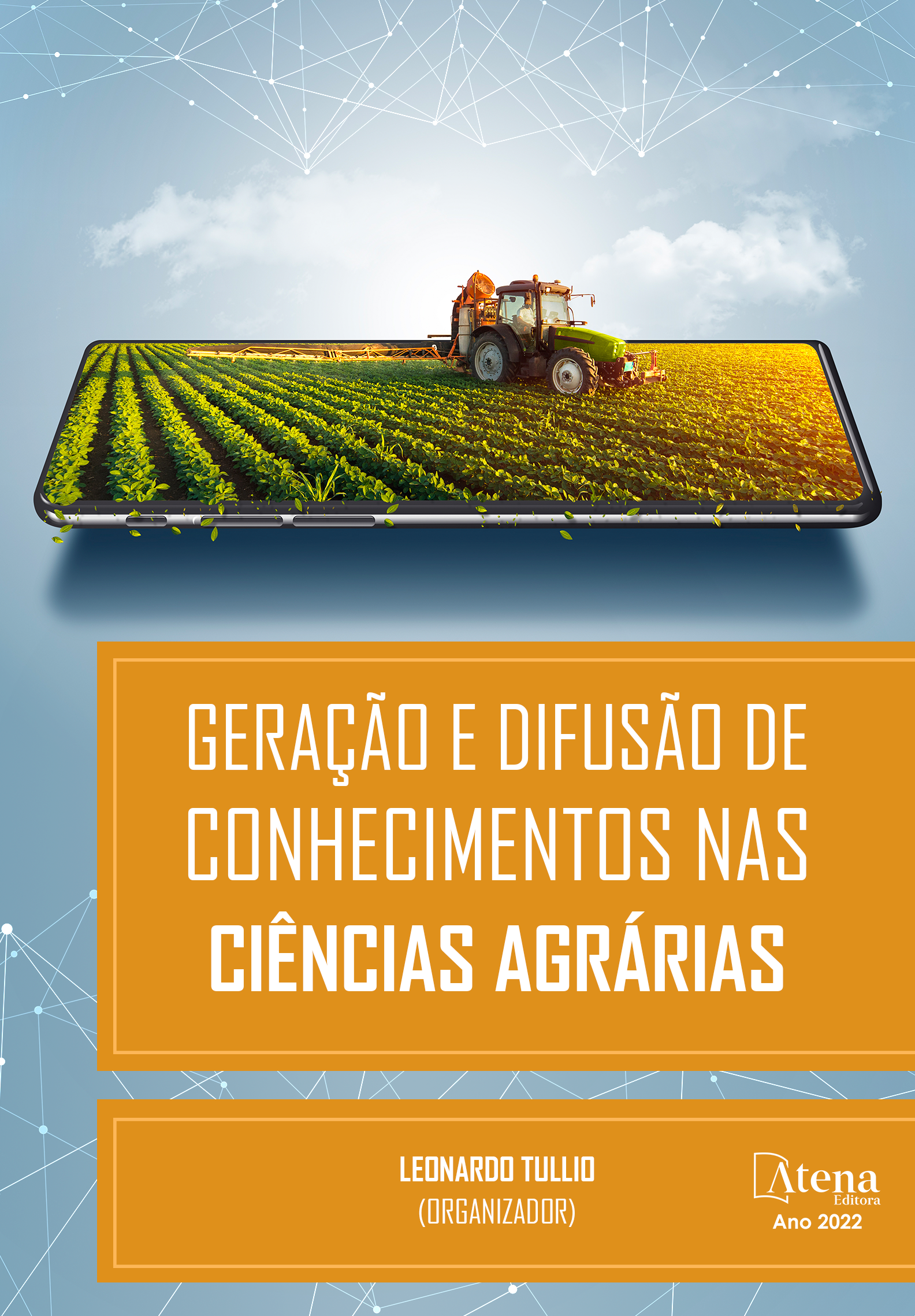
AGRONOMIC AND CYTOGENETIC ASPECTS IN THE BREEDING OF PERIWINKLE Catharanthus roseus (L.) G. Don AIMING TO INCREASE ALKALOID PRODUCTION: A REVIEW
A espécie Catharanthus roseus (L.) G. Don, conhecida como vinca rósea, maria sem-vergonha ou boa-noite, está atualmente distribuída mundialmente em regiões de clima tropical e subtropical, tendo o Brasil como um dos centros de diversidade da espécie. Sua importância se concentra em fins medicinais e ornamentais, este último devido sua regularidade de florescimento e coloração diversa. Além disso, a espécie apresenta destaque na produção de alcalóides como vincristina, vimblastina e serpentina, as quais apresentam propriedades farmacológicas, sendo os dois primeiros utilizados em tratamento contra alguns tipos de câncer, configurando assim a sua maior relevância econômica. Por outro lado, o método de extração destes compostos é oneroso e seu rendimento, baixo. Um outro entrave à espécie é precisamente a falta de estudos acerca dos efeitos dos tratamentos culturais, tais como adubação e irrigação na produção de alcalóides. Uma possível solução destes problemas é o melhoramento genético de plantas medicinais, que tem por finalidade aumentar a produtividade do teor e tipo dos princípios ativos, bem como manter estas características na progênie. Como complemento tem-se a importância do estudo citogenético, o qual pode contribuir sensivelmente ao programa de melhoramento genético da espécie estudada, visto que permite a detecção de genes responsáveis pela biossíntese de compostos de importância econômica, contribuindo com as etapas antecessoras aos cruzamentos de linhagens parentais. Nesse contexto, o objetivo desta revisão de literatura é sumarizar os trabalhos que descrevem os aspectos morfológicos relevantes, que envolvem a produção de alcaloides com os tratos culturais e, por fim, a importância do estudo citogenético ao programa de melhoramento genético da espécie estudada.
AGRONOMIC AND CYTOGENETIC ASPECTS IN THE BREEDING OF PERIWINKLE Catharanthus roseus (L.) G. Don AIMING TO INCREASE ALKALOID PRODUCTION: A REVIEW
-
DOI: 10.22533/at.ed.5822218044
-
Palavras-chave: Citogenética; Maria sem-vergonha; Vincristina; Vimblastina.
-
Keywords: Cytogenetic; Maria sem-vergonha; Vincristine; Vinblastine.
-
Abstract:
The species Catharanthus roseus (L.) G. Don, known as periwinkle, maria sem-vergonha or boa-noite, is currently distributed worldwide in tropical and subtropical regions, with Brazil as one of the centers of diversity for the species. Its importance is concentrated on medicinal and ornamental purposes, the latter due to its regularity of flowering and diverse coloration. In addition, the species is highlighted in the production of alkaloids such as vincristine, vinblastine, and serpentine, which have pharmacological properties, the first two being used in treatment against some types of cancer, thus configuring its greatest economic relevance. On the other hand, the method of extracting these compounds is expensive and their yield is low. Another obstacle to the species is precisely the lack of studies on the effects of cultural treatments, such as fertilization and irrigation on the production of alkaloids. A possible solution to these problems is the breeding of medicinal plants, which aims to increase the productivity of the content and type of active ingredients, as well as maintain these characteristics in the progeny. As a complement, there is the importance of the cytogenetic study, which can significantly contribute to the breeding program of the studied species, since it allows the detection of genes responsible for the biosynthesis of compounds of economic importance, contributing to the steps preceding the crossings of strains parental. In this context, the objective of this literature review is to summarize the works that describe the relevant morphological aspects, which involve the production of alkaloids with cultural treatments, and, finally, the importance of the cytogenetic study to the breeding program of the studied species.
-
Número de páginas: 12
- Jussiê Gonçalves de Souza Neto
- Josiéle Botelho Rodrigues
- Lorena Teixeira de Almeida
- Ricardo Oliveira Rosa
- Sheila da Silva Nunes
- Fernanda Zupo Rocha
- Thomáz Jácome Costa
- Vivian Torres Bandeira Tupper


